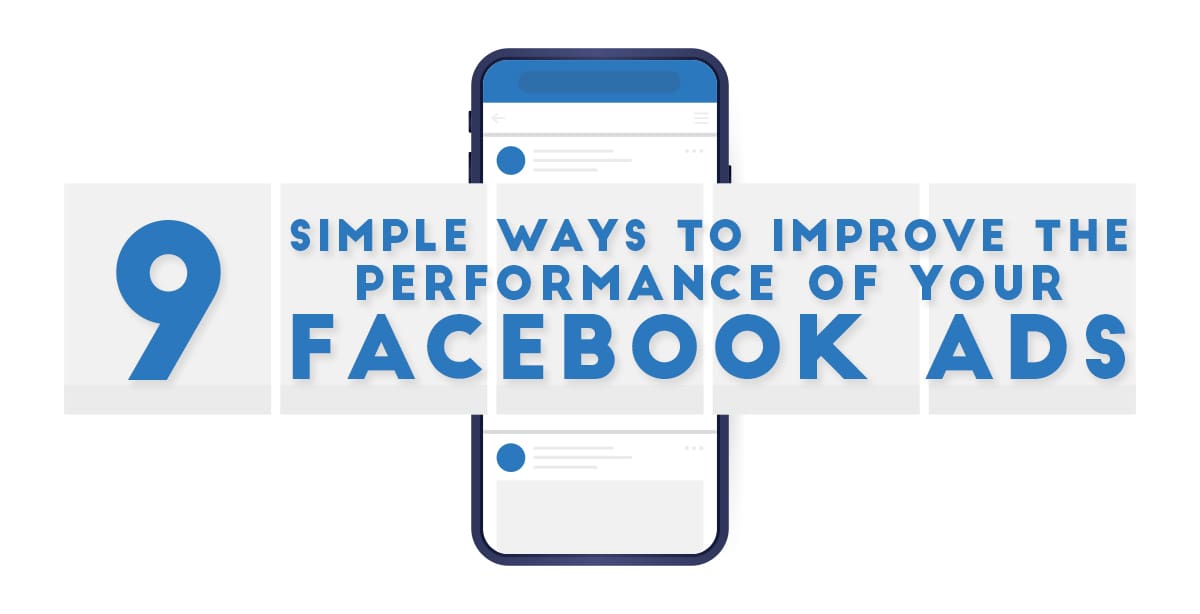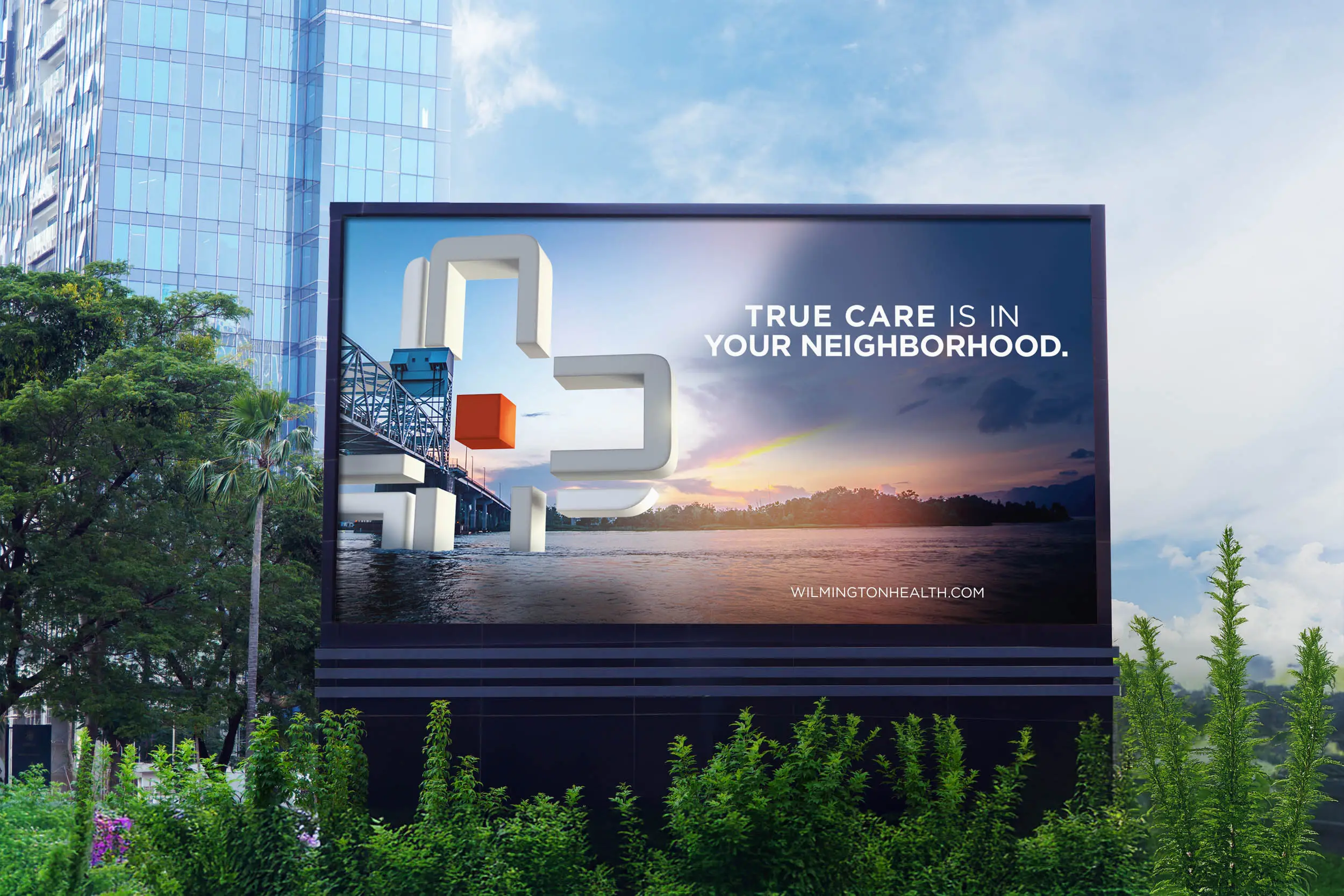
When a brand seeks to market to the specific population segments that might be most open to its offerings, there are few better ways to reach a more highly targeted group of potential buyers than via Facebook advertising. After all, the powerhouse social platform boasts more than 220 million users in the United States (with more than 223 million expected by 2023), making it the nation’s most popular social platform by a long shot. Further, its options for audience segmentation when placing ads include a range of variables such as location, age, gender, interests, behavior and connections — just to name a few, and all of which can be mixed and matched to dial in the exact audience of choice.
Of course, your targeting settings can be tweaked over time to reach a more conversion-heavy audience, and there are a number of tactics that go beyond targeting to optimize the performance of your Facebook advertising. To boost the effectiveness of your brand’s Facebook marketing efforts, consider these nine easy ways to dial up the success of your paid advertising on the platform — all of which can be accomplished without investing much the way of time, effort or money:
1. Maximize your messaging with A/B tests
When setting up your Facebook ad campaign, it’s hard to be certain what type of messaging and creative elements are going to work best in achieving your goals. But there’s a relatively easy way to find out exactly what wording, images, settings etc. go over best with your chosen audiences, and the capability is built right into Facebook Ads Manager: A/B Testing. This functionality allows you to experiment with a number of your ad elements — including your ad’s design, headline and body copy, placement, call to action, etc. — to definitively determine which versions produce the best results. Using A/B Testing, you can run different versions of your ad at the same time, then see head-to-head results that compare clicks, conversions and the like to let you determine which version is working best. Getting all of your ad’s elements dialed in can be a lengthy trial-and-error process, but by starting with what you consider to be the most impactful ad elements (headlines and imagery are the usual suspects) and focusing on a single ad element at a time for testing, over time you can optimize your ad to maximize the results it generates.
2. Experiment to optimize your targeting
Much like it’s hard to know in advance what type of ad messaging will resonate most with consumers, it’s also hard to be absolutely certain demographics-wise which sets of consumers will be the most responsive to your offerings. For example, brands may find that certain age groups and genders are much more interested in their products and services than others are, and that targeting one demographic over another can be much more profitable. Fortunately, targeting different demographics with a Facebook ad campaign is as easy as changing your targeting settings in Ads Manager. Even better, you can set up identical ads within a campaign, and have each target a slightly different demographic, then see which demographic was the most responsive — allowing you to shift your marketing dollars over time to the demographic with which your advertising performs best. Further, by going into your Ads Manager and selecting “Reports,” you can create reports that break down ad performance based on age and gender, giving you insights regarding which targeting demographic might be the most profitable for your brand.
Pro Tip:
Consider allocating your Facebook advertising budget at the campaign level and allowing Facebook’s algorithms to auto-optimize your ads sets, placing your ads where your audience is — and giving you another way to test which audiences are best responding to your ads. (At TBA, we generally create at least three target audiences when we employ this tactic.) Another tactic: You can also combine audiences to increase your ads’ performance. These combined audiences can either be all of your lookalike audiences joined together, all of your website custom audiences combined, or even all of your email lists joined together.
3. Tailor your ad content to your target demographic
Once you’ve nailed down your most profitable target market, take a step back to consider this specific group’s needs and desires, then work to make your content speak directly to these. For example, if you’ve discovered that your product or service plays well with nurses, do some research on the healthcare industry and try to make the words and images used in your ads align as directly as possible with professional nurses’ daily chores, interests and challenges. Also, try to incorporate verbiage in your ad that matches the way that healthcare professionals actually speak. Of course, similar audience-tailoring tactics can be applied to whatever demographic you’ve discovered to be your ideal target consumer group.
Pro tip:
To gain further insights regarding what ad variations work best with particular audiences, you can also experiment with dynamic creative. This tool serves personalized ad variations to viewers by optimizing ad components such as images, CTAs and titles — a great tactic to employ when you aren’t sure what messaging will resonate the most with particular audiences.
4. Boost your ad shares and likes
When your Facebook ads and posts get likes and/or shares, this serves as social proof that your brand and its offerings are popular with other people, which in turn makes them more attractive to potential new consumers. And the way that you set up your Facebook ad can have an impact on how many shares and likes display to those seeing it for the first time.
When you first set up your Facebook ad, you’ll be given the choice of whether you want to use an existing post or create all-new ad sets for each campaign. If you choose the “Use Existing Post” option — which is easy to overlook and often missed during the ad-creation process — all the likes and shares from every version of your ad will carry over with each version of your ad, as opposed to each versions collecting its own likes and shares. Choosing this cumulative option can instantly lend some added credibility to your ads via the social proof the additional shares and likes provide. To further boost the number of shares and likes that show with your ad (and thereby increase the ad’s social proof), consider posting an initial promotional post to your company’s Facebook page, where it can gather some likes and shares, then using that post to set up ad campaigns.
5. Optimize your objective
While choosing your marketing objective in your campaign’s Facebook Ads dashboard may not seem like a big deal, it helps set your ad up for success in maximizing its KPIs. This is because within Ads Manager, the ad-group settings are tailored to each objective type, putting your campaign on the best possible path for achieving its goals. The chosen objective plays a role in where your ad will appear (in Facebook Stories or users’ newsfeeds, for example) and where those who click through are directed (to your website, an app or Facebook Messenger, for instance). You’ll want to give some serious thought to exactly what you’re trying to accomplish with your campaign — with available options like brand awareness, website traffic, engagement, store visits, conversions and online sales among the most popular options — and make sure this Ads Manager setting matches this goal. It’s also important that the audience you choose is a match for the objective you choose. For example, you’ll want an ad meant to increase website traffic served to those in the consideration stage of the marketing funnel, and a conversion ad to be served to consumers who are farther along in the sales funnel and closer to making a purchase. (Of course, sometimes consumers in the consideration stage will convert instantly — boosting ROI and making the marketer’s job a lot easier.)
6. Include an offer
Consumers are most likely to seek out more information about (and eventually purchase) products and services that directly address their needs and/or provide them with a tangible benefit. And for your ad to get more traction, it should clearly provide consumers with a reason for them to further explore your offering. Especially when your audience will likely be unfamiliar with your offering, it’s important for your ad to identify some or all of your brand’s Unique Value Propositions — the things your brand can offer that the competition doesn’t.
Beyond UVPs, in many cases, any additional offers presented in an ad will largely be guided by the ad’s specific objective. A B2B lead-generation ad, for instance, might offer a free whitepaper when a consumer signs up for a brand’s newsletter. If an ad seeks to increase the number of likes for a brand’s Facebook page, it might tout that followers will receive information on discount offers and new products. And an ad geared toward conversions might offer a discount code for the consumer to use when purchasing. Whatever the ad’s objective, including a tangible offer can boost its effectiveness in achieving it.
Pro tip:
For e-commerce, consider using the Facebook pixel and conversion events to offer a discount code that’s served specifically to users who added an item (or multiple items) to their cart but didn’t complete the purchase. This audience is typically farther along the path to purchase than the typical consumer, and its members might be particularly receptive to an offer code that serves to bring them back to finish their purchase.
7. Strengthen your CTA
Especially in an arena such as Facebook where many other brands are competing for a consumer’s time and attention, an ad needs to be crystal clear in telling people what it wants them to do. Research has shown that a strong CTA is crucial in convincing consumers to take action. Facebook offers a range of CTA choices, with “Learn More,” “Shop Now,” “Sign Up” and “Download” among the most popular choices. Consider what you’re trying to accomplish with your ad, and choose the CTA that best matches your goals.
Pro tip:
Another way to boost your CTA’s effectiveness is to create a sense of urgency in your ad copy with tactics such as limited-time offers and flash sales, which encourage consumers to act right away rather than putting their purchases off and missing the deal.
8. Track your ad performance over time
Unfortunately for marketers, most prospective consumers don’t convert right away. Most people who are interested in your products or services go from initial clicks to consideration to purchase over time — with weeks or even months in between. By following your ad’s performance over time, you can get a better sense of which ad versions actually bring in revenue rather than just bringing in the clicks, giving you insight on which version of your ad delivers the best ROI. This can also give you a better idea about how long it takes your typical customers to make their way through the sales funnel, which can prevent you from canceling an ad campaign that may actually still be working but just hasn’t quite delivered the returns … yet.
Pro tip:
Set up events on your Facebook pixel that follow the customer journey all the way to checkout or goal completion. This will allow you to see where people are dropping off the path to purchase so that you can identify and address any hurdles to conversion — whether this involves employing different creative or creating a purchase incentive for audiences that aren’t getting all the way to the finish line.
9. Eliminate ineffective ads
Once you’ve determined which versions of your ads are working, you’re likely to increase spending on them so they’ll continue bringing positive returns. But don’t forget to also stop running the ad versions you’ve created that aren’t proving to be very effective. This will of course save you ad dollars that you can put into better-performing ads, and will simultaneously save you time spent on tracking and optimizing the ads that just aren’t producing optimal results.
Pro Tip:
By employing the dynamic creative mentioned above, you can determine which aspects of your ad aren’t working effectively without completely abandoning all of the ad’s elements — as sometimes adjusting single ineffective elements of an ad can make all the difference. Always go into setting up your ads with a goal in mind: Beyond the obvious KPI goal, what do I want to determine by running this ad? From here, you can have outcomes that will help you tweak your ad strategy and tailor it for success. Further, make sure you are testing different types of ads — static ads, video ads, carousel ads, etc. — where they make sense. This allows you to find the ad type that resonates most with your target audience, along with the creative and copy that works best.
Could your brand’s Facebook advertising efforts benefit from some professional guidance? At The Brandon Agency, our Media team has a wealth of experience running successful and highly targeted Facebook ad campaigns, and its social-savvy members are always keeping up with the latest developments in the ever-changing world of marketing on Facebook, Instagram, Twitter, YouTube and more. Further, our fully integrated marketing firm can help you develop a winning marketing strategy that goes well beyond social media to include vital elements such as web design, brand strategy, creative, interactive, social media, analytics, conversion rate optimization, SEO, just to name a few — all in one place. To get started with help ranging from a simple website analysis to a comprehensive strategy tailored to boost the performance of all of your marketing campaigns, contact us today.
By subscribing to our newsletter, you agree to our Privacy Policy.




